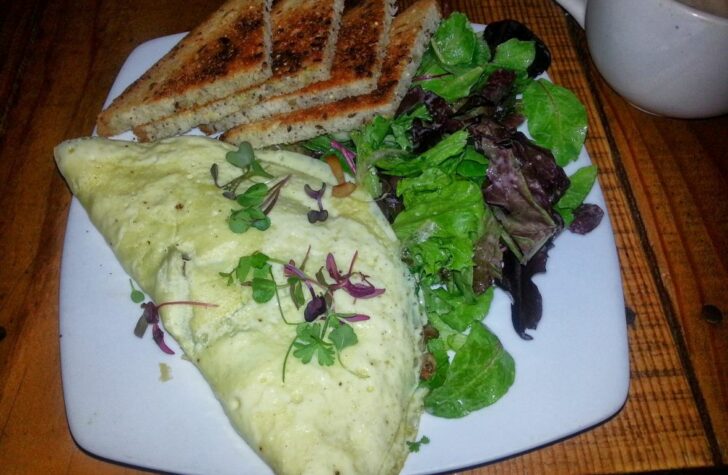Brunch Catering: A Complete Guide to Brunching Out of the House

Introduction:
Brunch catering offers a delightful experience for those who love to indulge in a late-morning meal filled with a combination of breakfast and lunch dishes. In this article, we will explore the concept of brunching out of the house, providing a comprehensive insight into its significance, historical evolution, and tips for a successful brunch catering experience. Whether you are a curious brunch enthusiast or an event organizer looking for the perfect menu, this guide has got you covered.
1. Understanding Brunch Catering:

– Brunch catering is a service that provides a variety of breakfast and lunch items, including pastries, fruits, eggs, salads, sandwiches, and more, typically served buffet-style or as a pre-arranged menu.
– The flexibility of brunch catering allows for customization to suit various dietary restrictions, such as vegan, gluten-free, or vegetarian options.
– Brunch catering is a popular choice for social gatherings, corporate events, weddings, and even private parties, as it offers a relaxed and convivial atmosphere.
2. The Evolution of Brunch Catering:
– The origin of brunch dates back to the late 19th century in England, where it was primarily a meal for wealthy individuals who craved a combination of breakfast and lunch.
– Brunch gained popularity in the United States during the 1930s and 1940s when Hollywood celebrities started hosting lavish brunch parties. This trend gradually extended to the general public.
– Over time, brunch has evolved to cater to diverse culinary tastes and cultural influences, with focus on presentation, quality ingredients, and innovative recipes.
3. Planning a Successful Brunch Catering Experience:
I. Menu Selection:
– Offer a range of options, including classic breakfast favorites like pancakes, bacon, and eggs, along with lunch-inspired dishes like salads, sandwiches, and quiches.
– Showcase variety by including vegetarian, vegan, and gluten-free options to cater to a wider audience.
– Incorporate seasonal and locally-sourced ingredients for a fresh, flavorful experience.
II. Presentation and Setup:
– Create an appealing visual display by using colorful table linens, decorative platters, and garnishes.
– Arrange food stations in an organized manner that encourages guests to explore different dishes.
– Incorporate live cooking stations to provide an interactive and personalized experience.
III. Beverage Options:
– Offer a selection of beverages, including freshly brewed coffee, tea, juices, and signature brunch cocktails such as mimosas or Bloody Marys.
– Ensure non-alcoholic options are available to cater to all guests’ preferences and dietary restrictions.
IV. Timing and Flow:
– Consider the time of the event when planning the menu. Brunch is typically served between 10 a.m. and 2 p.m., allowing guests to enjoy a leisurely meal.
– Strategically organize food stations and service areas to avoid congestion and ensure a smooth flow of guests.
V. Seamless Service:
– Collaborate closely with the chosen catering service provider to ensure they understand your vision and requirements.
– Communicate special requests or specific dietary restrictions well in advance.
– Conduct a tasting session to sample potential dishes, ensuring their quality and taste meet your expectations.
Conclusion:
Brunch catering offers a delightful and versatile dining experience for event organizers, adventure travelers, and backpackers alike. From its historical roots to its modern-day evolution, brunch out of the house has become a popular choice for various occasions. With careful planning, attention to detail, and an understanding of guests’ preferences, a successful brunch catering experience can be crafted. So, whether you are planning an intimate gathering or organizing a large-scale event, let brunch catering add a touch of indulgence and elegance to your affair.
FAQ
What is brunch catering?
How has brunch out of the house evolved over time?
What are some tips for a successful brunch catering experience?
2. Presentation and setup: Create an appealing visual display with decorative platters, colorful table linens, and live cooking stations for an interactive experience.
3. Beverage options: Provide a selection of beverages, including coffee, tea, juices, and brunch cocktails. Consider non-alcoholic options as well.
4. Timing and flow: Serve brunch between 10 a.m. and 2 p.m., and organize the food stations and service areas to ensure a smooth flow of guests.
5. Seamless service: Collaborate closely with the catering service provider, communicate your requirements in advance, and conduct a tasting session to ensure quality.

















